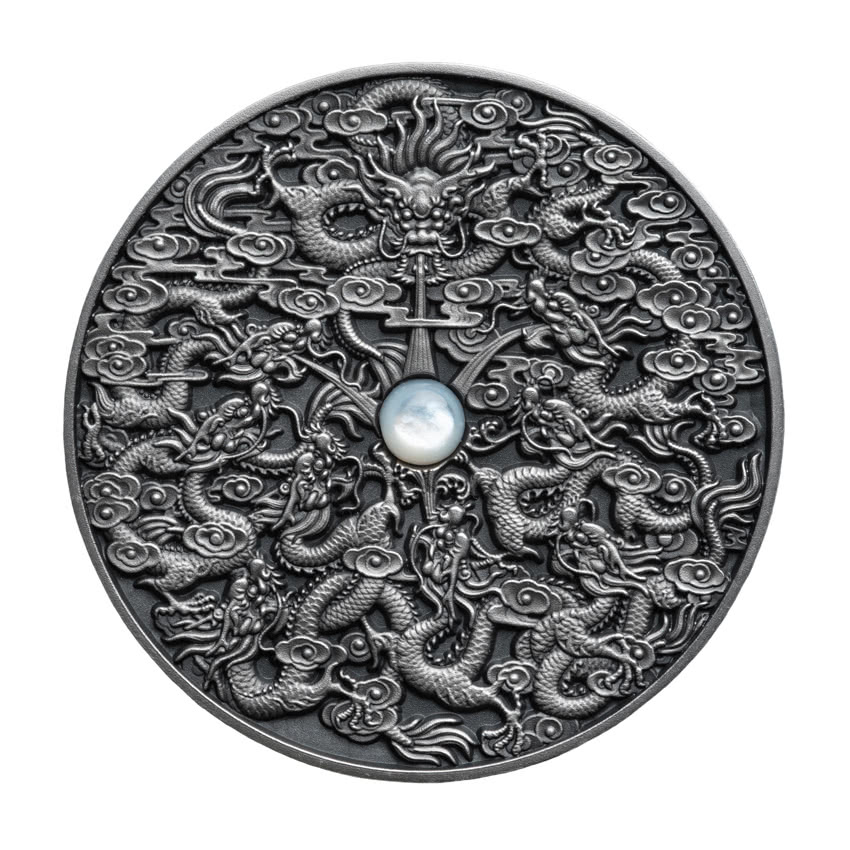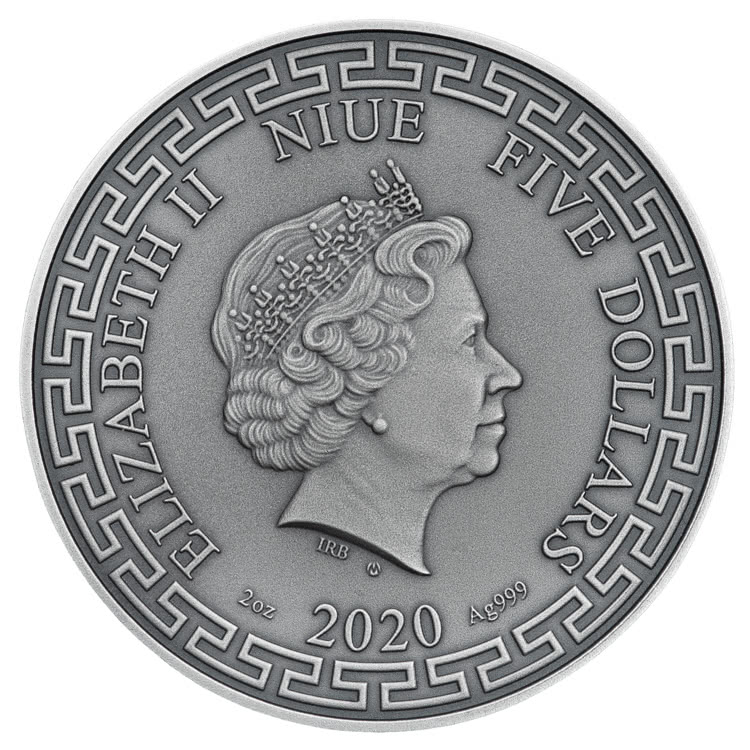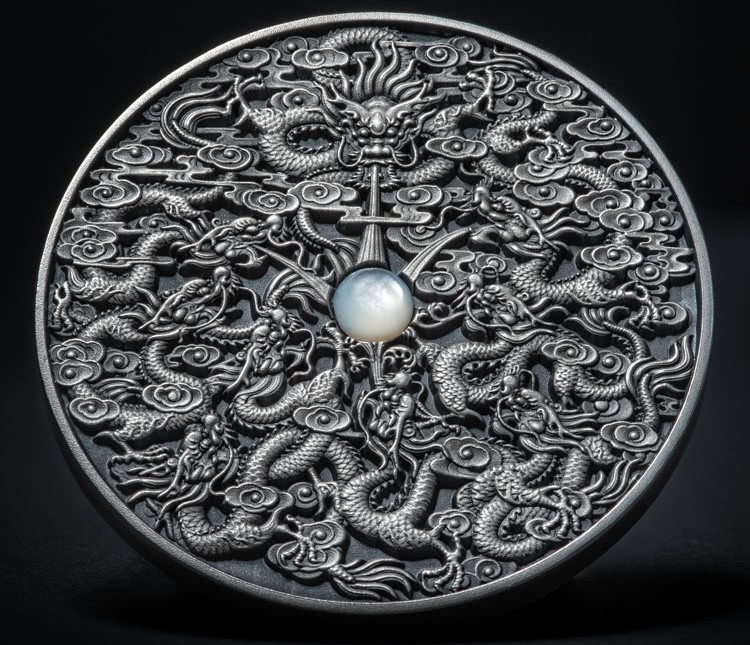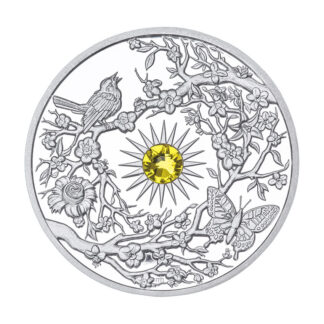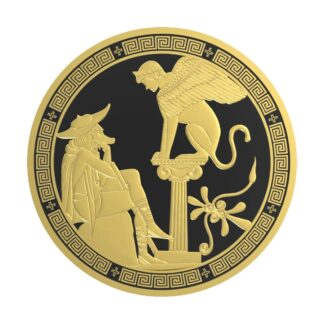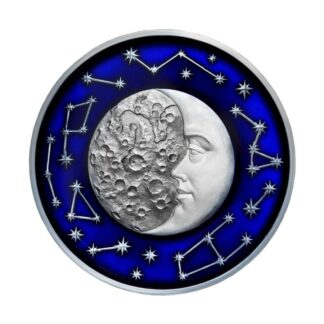Description
SPECIAL FEATURES:
Mother of pearl inlay
3D High relief
Hand made Antique Finish
Serial number engraved on the edge
The nine sons of the dragon are Chinese dragons who are the mythological sons of the Dragon King. There are many variations in the different descriptions of the nine sons, including in basic facts like their names, but all versions state that there are nine.
The oldest known attestation of the children of the dragon list is found in the Shuyuan zaji (菽園雜記, Miscellaneous records from the bean garden) by Lu Rong (1436–1494); however, he noted that the list enumerates mere synonyms of various antiques, not children of a dragon.
Several Ming Dynasty texts list what were claimed as the Nine Offspring of the Dragon (Chinese: 龍生九子; pinyin: Lóng shēng jiǔzǐ), and subsequently these feature prominently in popular Chinese stories and writings. de Visser (1913, pp. 101–102), quoting Xie Zhaozhe (謝肇淛, 1567–1624) in his work Wu Za Zu (五雜俎, ca. 1592) gives the following listing in order of oldest to youngest:
A well-known work of the end of the sixteenth century, the Wuzazu 五雜俎, informs us about the nine different young of the dragon, whose shapes are used as ornaments according to their nature.
The qiú niú 囚牛, (Form of dragon) a creature that likes music, are used to adorn musical instruments.
The yá zì 睚眦, (Hybrid of wolf and dragon) a creature that likes to fight, is aggressive and is normally found on cross-guards on sword as ornaments.
The cháo fēng 嘲風, (Resemble a Phoenix and dragon) a creature that likes to adventure. They are typically placed on the four corners of roofs.
The pú láo 蒲牢, (Four leg small form dragon class) a creature that likes to scream, and are represented on the tops of bells, used as handles.
The suān ní 狻猊, (Hybrid of lion and dragon) a creature that likes to sit down, are represented upon the bases of Buddhist idols (under the Buddhas’ or Bodhisattvas’ feet).
The bì xì 贔屭, also known as bà xià 霸下 (Hybrid of turtle and dragon) a creature with a large shell able to carry heavy objects, and are normally found on under grave-monuments.
The bì àn 狴犴, (Hybrid of tiger and dragon) a creature that likes litigation, are placed over prison gates (in order to keep guard).
The bā xià 霸下, (Hybrid of reptilia animal and dragon) a creature that likes to drink water, and is typically used on bridge structures.
The chī wěn 蚩吻, (Hybrid of fish and dragon) a creature that likes swallowing, are placed on both ends of the ridgepoles of roofs (to swallow all evil influences).
Further, the same author enumerates nine other kinds of dragons, which used as ornamental decoration or as part of classical Chinese architecture. These examples can be found architecture throughout Asia used for adorning key-holes, on roofing, incense burners, door knockers, bridges, etc.
The number nine is special in China as it is the largest possible single digit, and Chinese dragons are frequently connected with it. For example, a Chinese dragon is normally described in terms of nine attributes and usually has 117 (9×13) scales – 81 (9×9) Yang and 36 (9×4) Yin. This is also why there are nine forms of the dragon and there are 9 sons of the dragon. The Nine-Dragon Wall is a spirit wall with images of nine different dragons, and is found in imperial Chinese palaces and gardens. Because nine was considered the number of the emperor, only the most senior officials were allowed to wear nine dragons on their robes — and then only with the robe completely covered with surcoats. Lower-ranking officials had eight or five dragons on their robes, again covered with surcoats; even the emperor himself wore his dragon robe with one of its nine dragons hidden from view.
There are many places in China with the phrase “Nine Dragons” in their name, the most famous being Kowloon (in Cantonese) in Hong Kong. The part of the Mekong in Vietnam is known as Cửu Long, with the same meaning.

